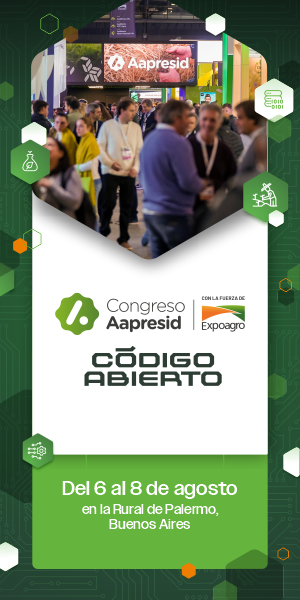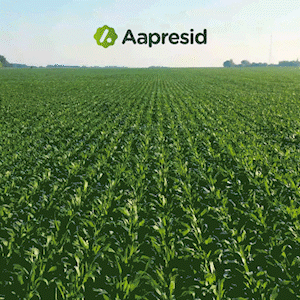1/10/05, 11:25
Using geostatistical and remote sensing approaches for mapping soil properties
El trabajo describe tres métodos predictivos para el mapeo de las propiedades del suelo (textura, materia orgánica, pH, Pi y K) para una agricultura de precisión. Los parámetros utilizados y los modelos predicitivos ayudan en la toma de decisiones para un adecuado manejo del suelo.
F. López-Granados, M. Jurado-Expósito, J.M. Pena-Barragán, L. García-Torres
Europ. J. Agronomy 23 (2005) 279-289
This paper attempts to compare various prediction methods for mapping soil properties (texture, organic matter (OM), pH, phosphorus and potassium) for precision farming approaches by incorporating secondary spatial information into the mapping. The primary information (or primary attribute) was obtained from an intensive grid soil sampling and the secondary spatial information from digital (or spectral) data from an aerial colour photograph of bare soil. The prediction methods were statistical (linear regression between soil properties and digital values) and geostatistical algorithms (ordinary kriging, ordinary kriging plus regression and kriging with varying local means). Mean square error (MSE) was used to evaluate the performance of the map prediction quality. The best prediction method for mapping organic matter, pH and potassium was kriging with varying local means in combination with the spectral data from the blue waveband with the smallest MSE indicating the highest precision. Maps from these kriged estimates showed that a combination of geostatistical techniques and digital data from aerial photograph could improve the prediction quality of soil management zones, which is the first step for site-specific soil management.
Antes de que te vayas,
¿te gustó este contenido?

¡Muchas gracias!


